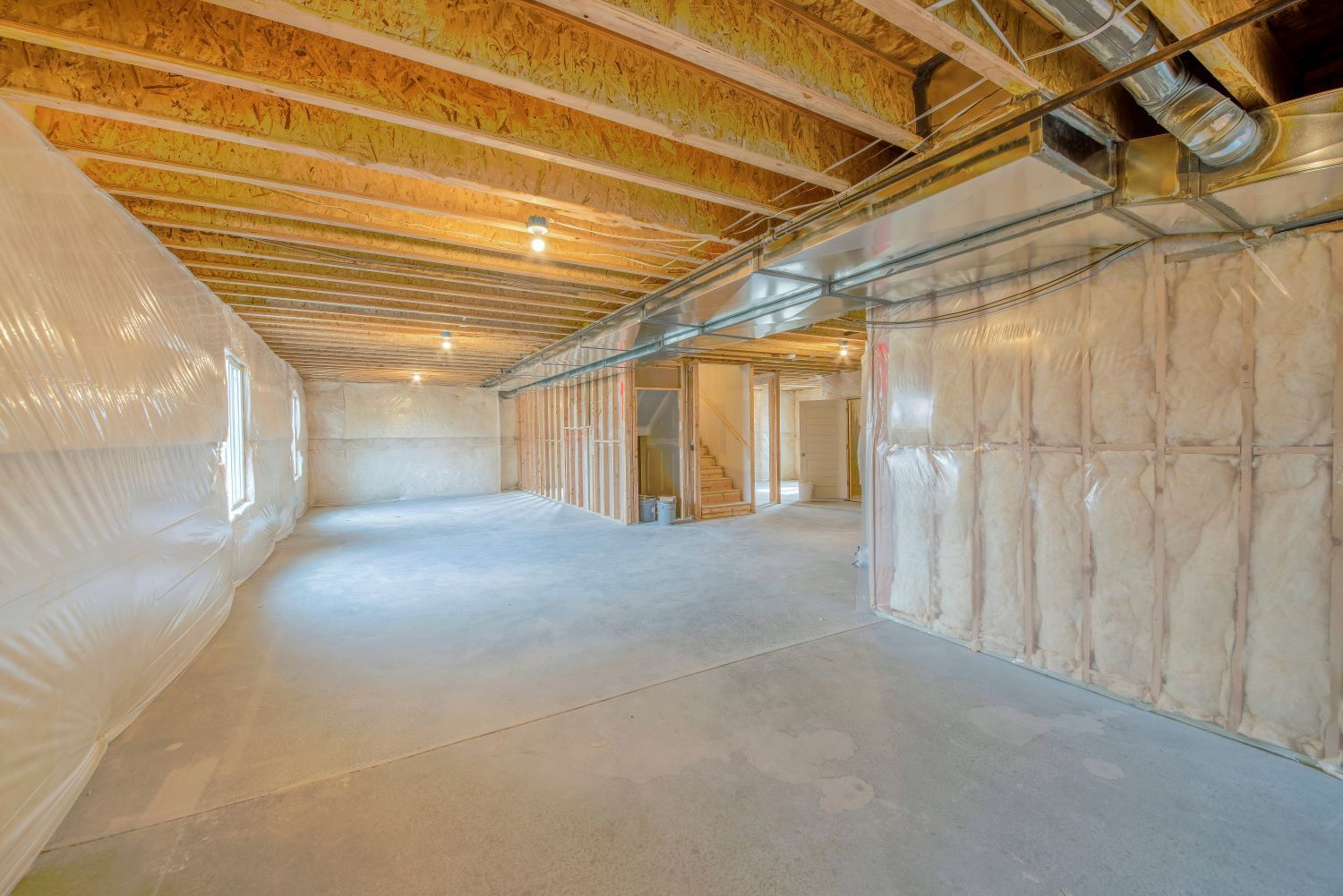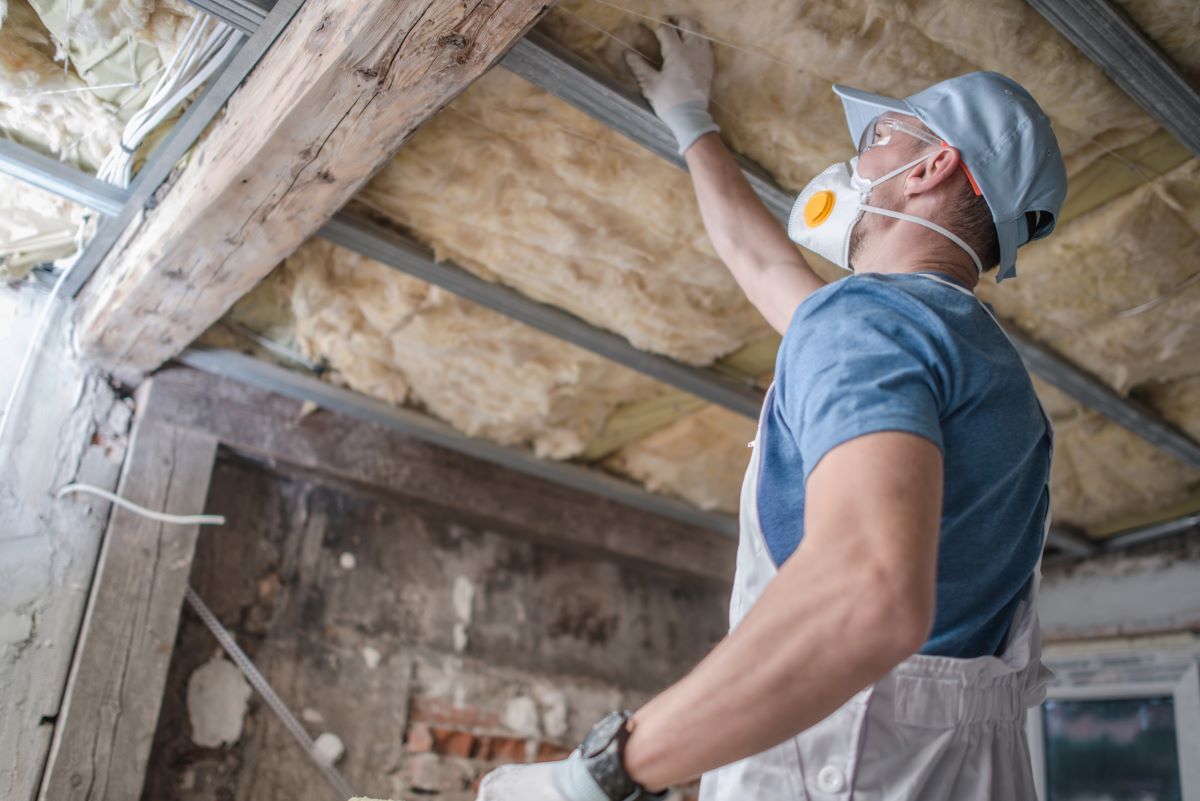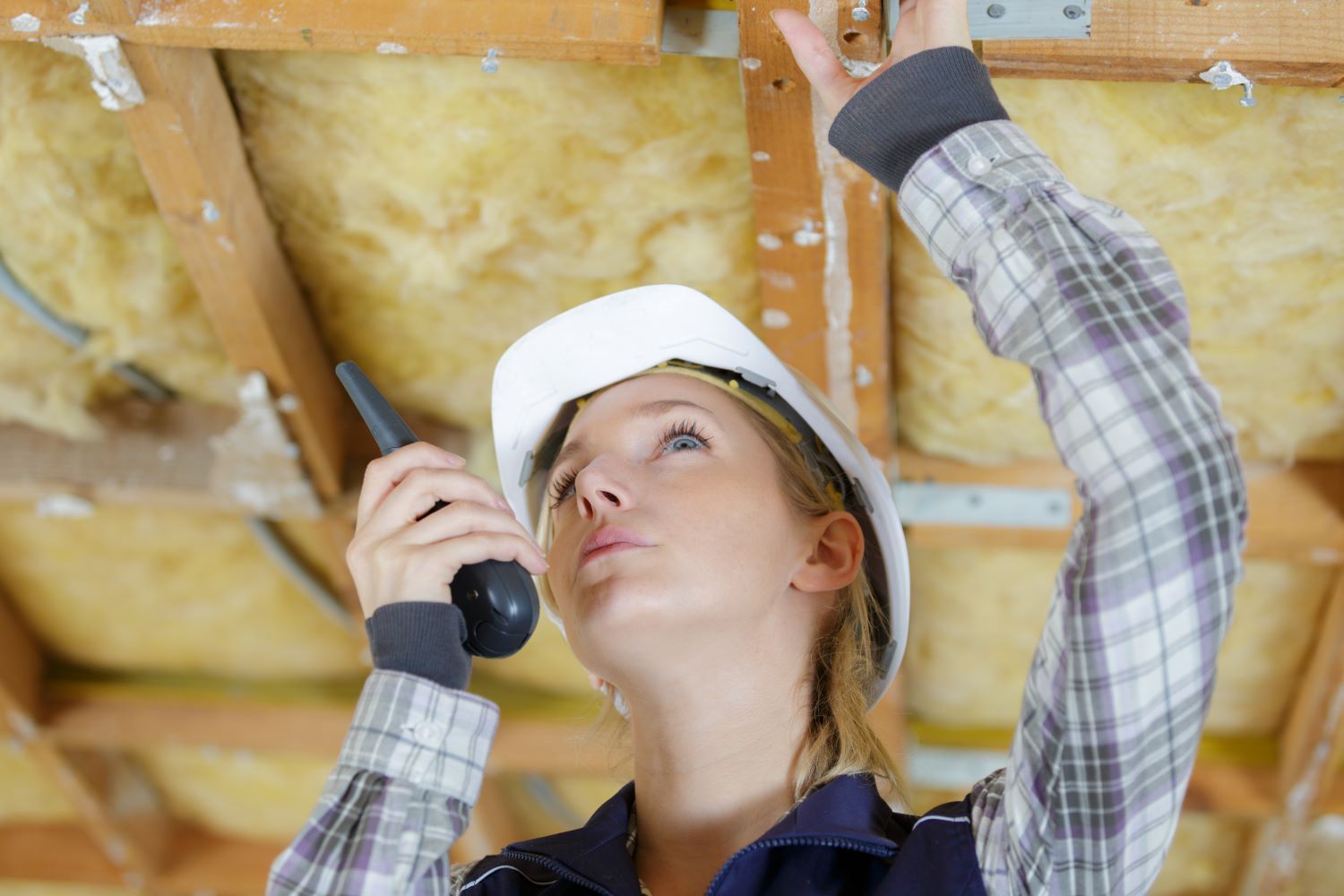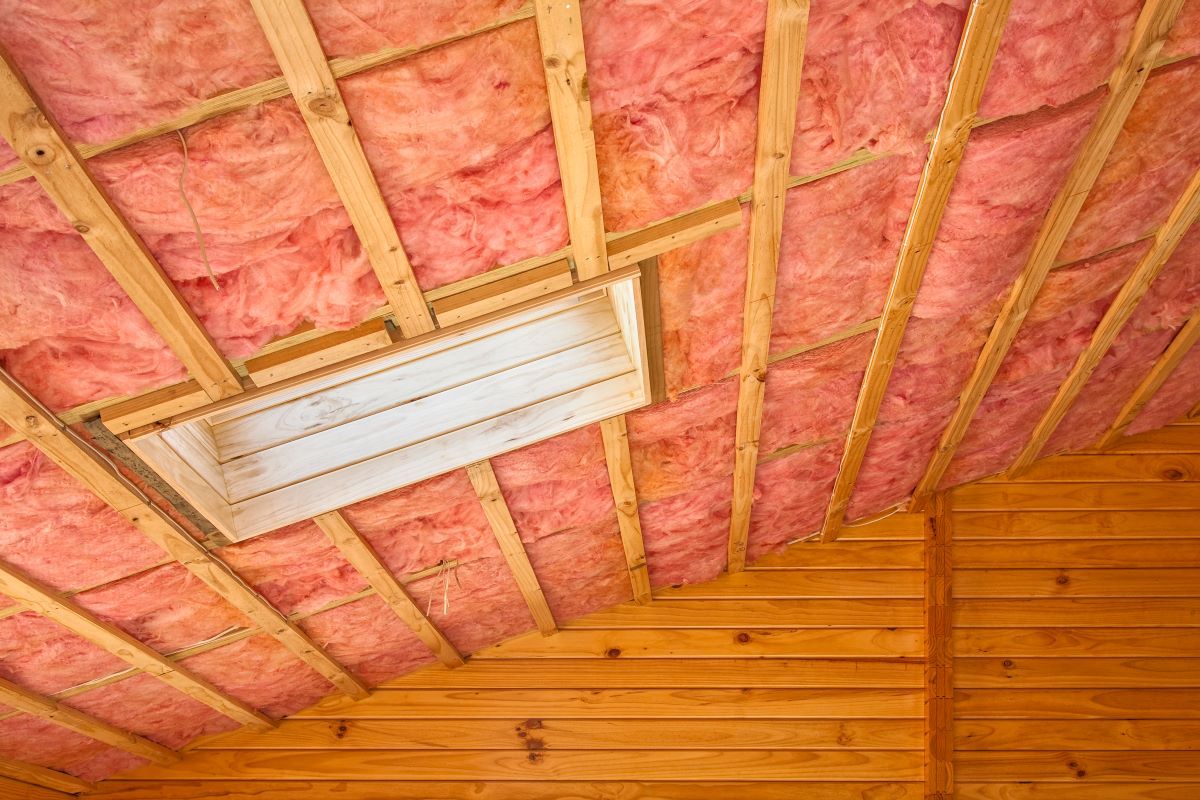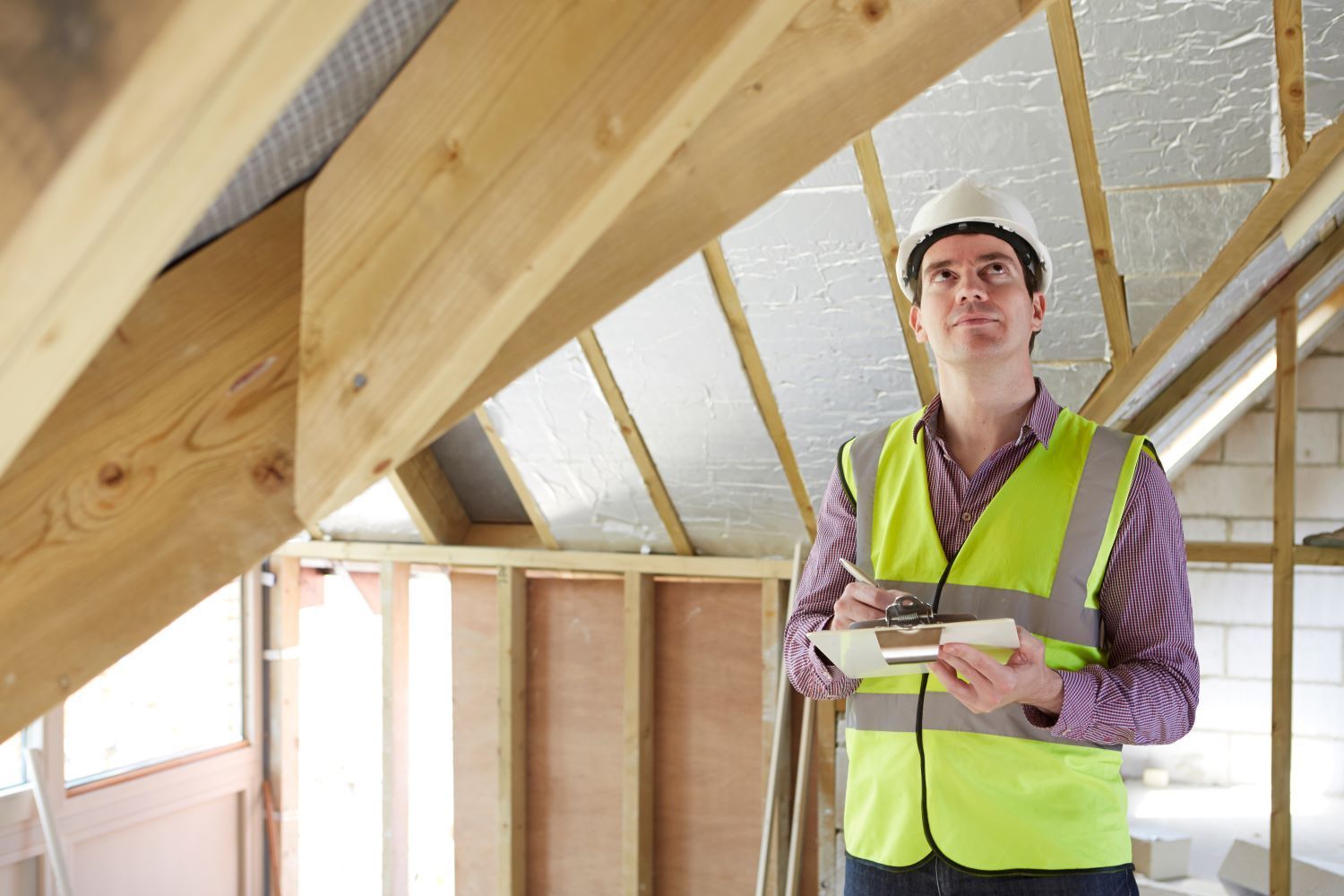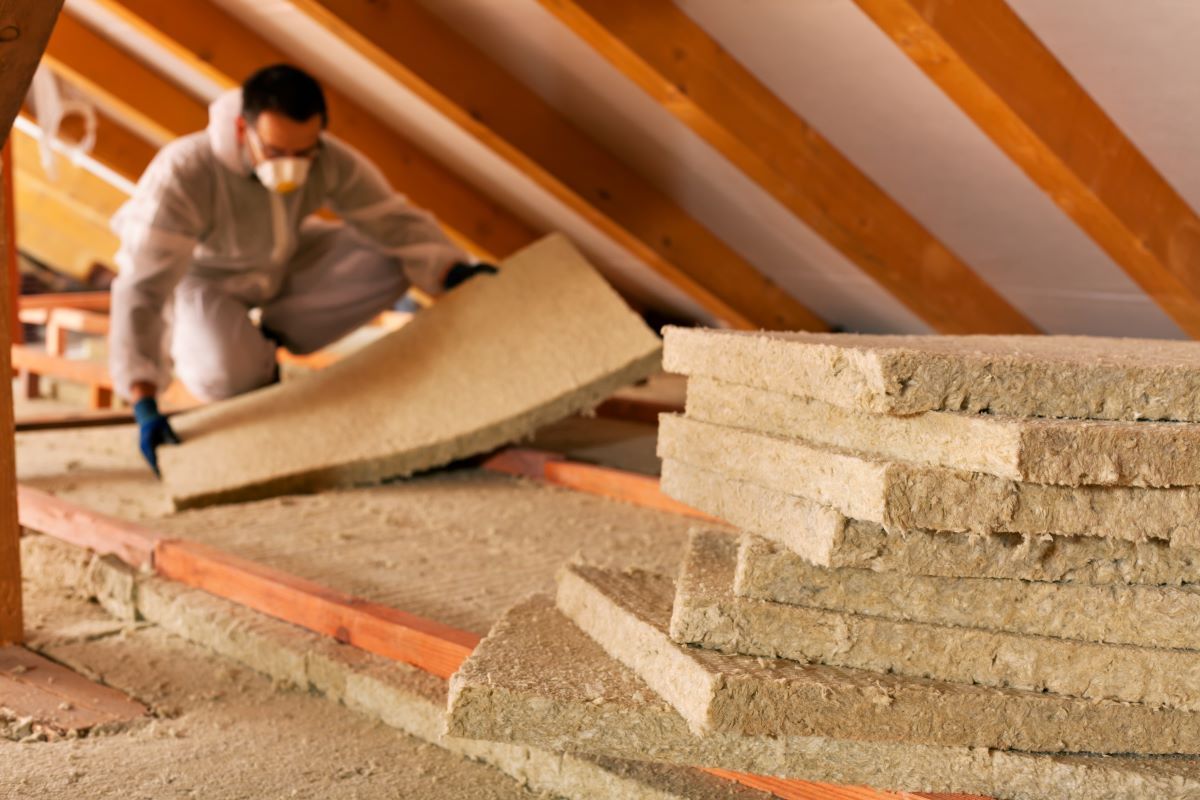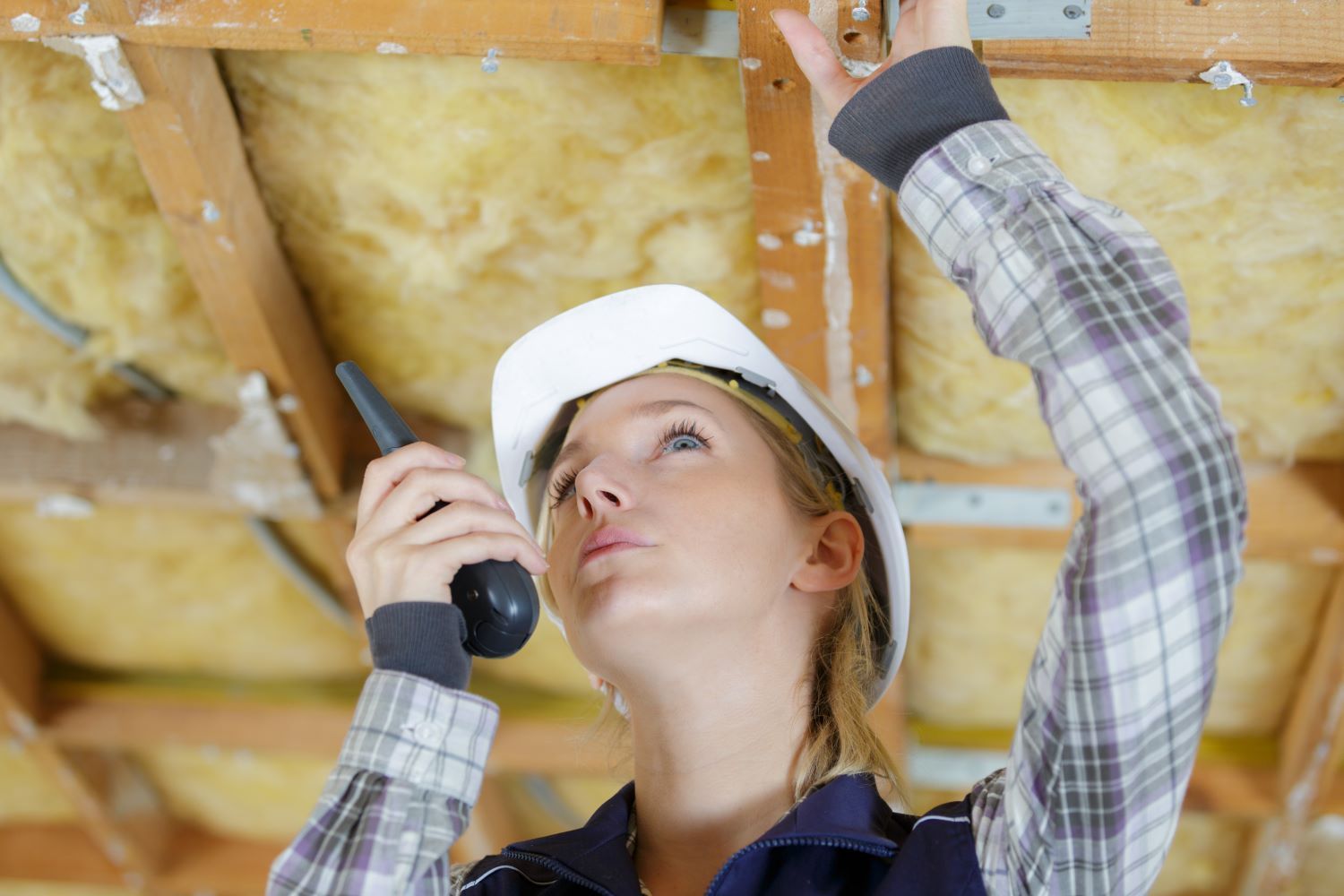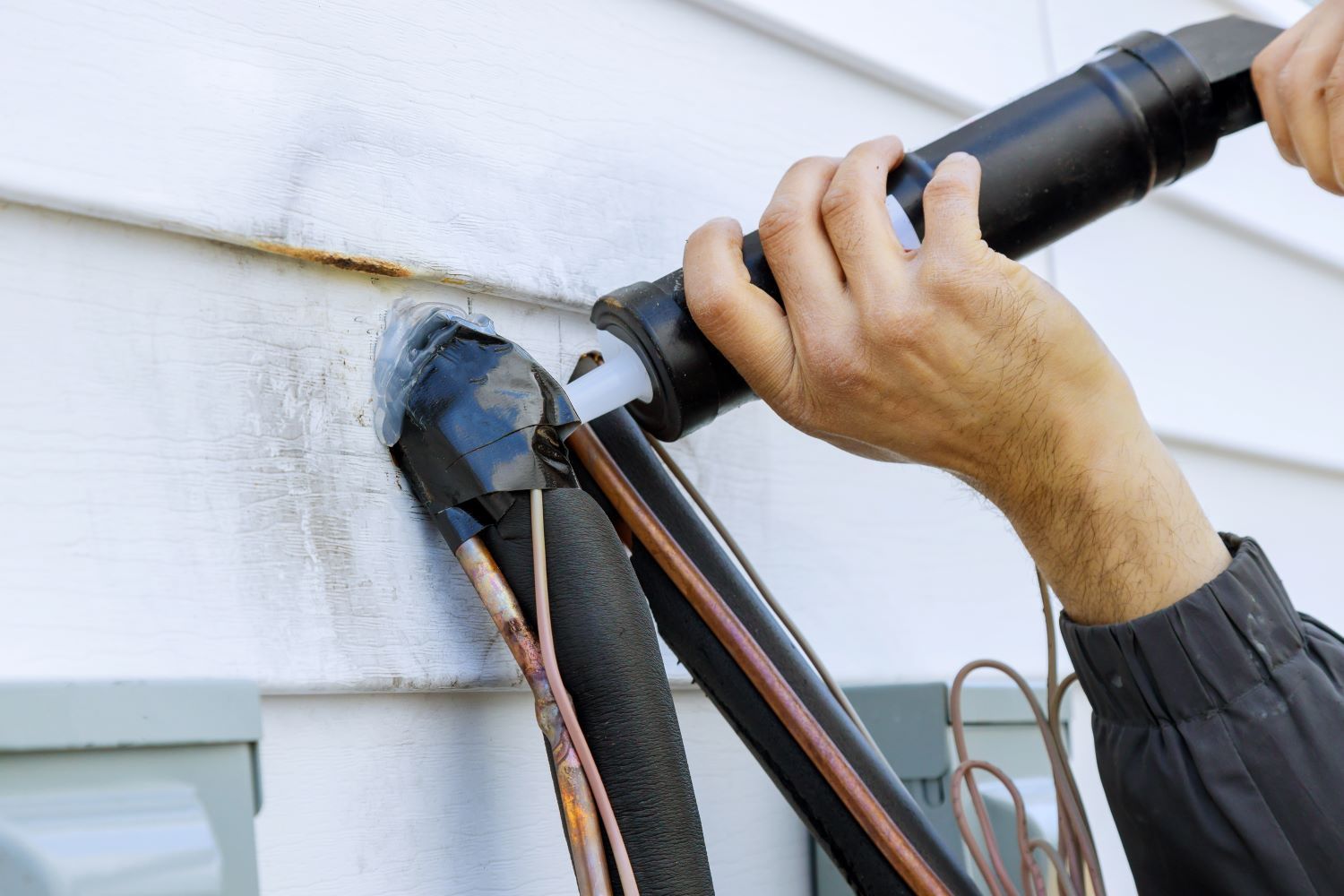The Use of Thermal Imaging for Effective Insulation
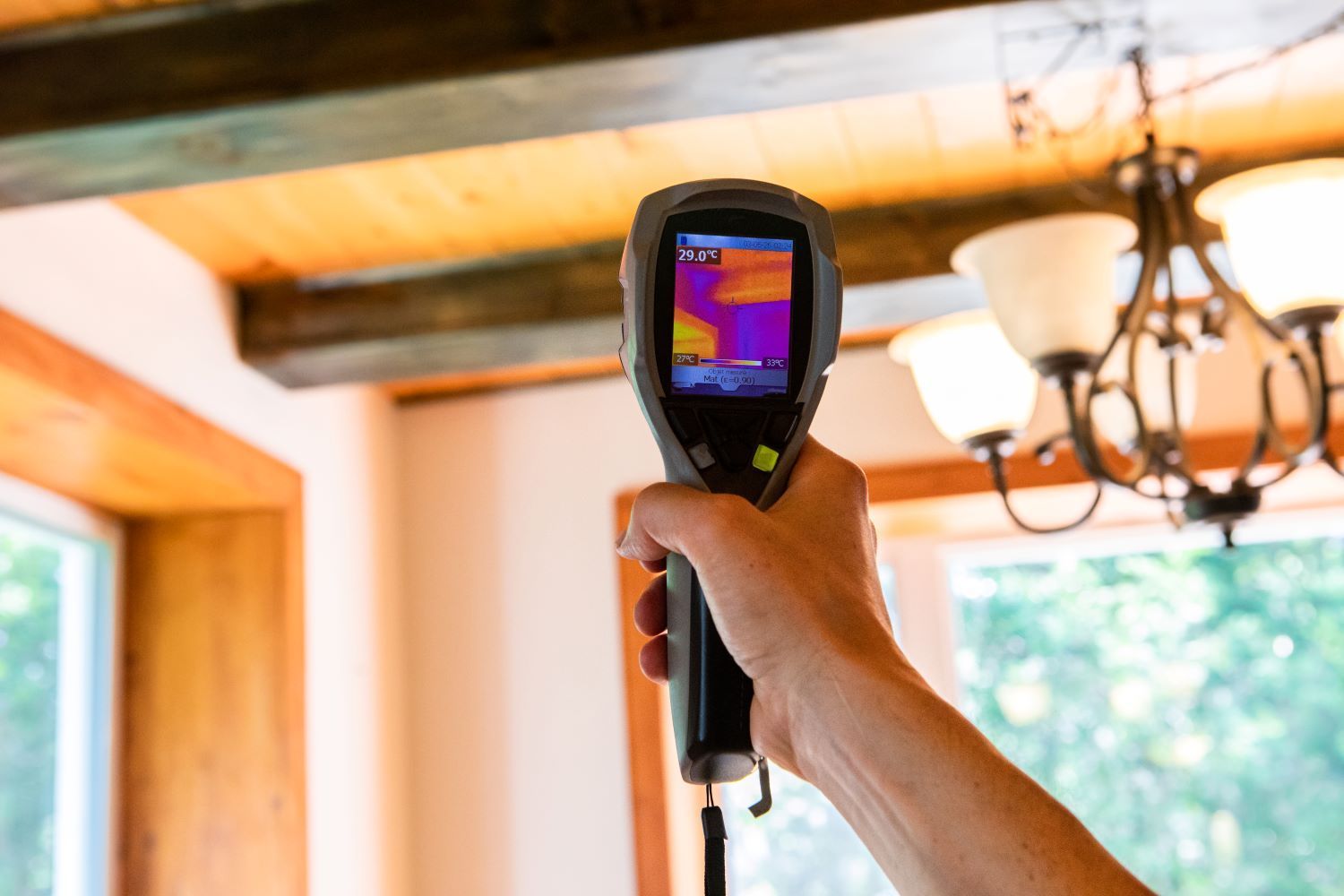
In the realm of home insulation, ensuring optimal energy efficiency and comfort is paramount. However, identifying areas of heat loss or inadequate insulation can be challenging without the right tools and technology. This is where thermal imaging comes into play, revolutionizing the way insulation contractors assess and address insulation issues. At Insulation Contractors London, we leverage thermal imaging technology to provide our clients in London, Ontario, with comprehensive insulation solutions. In this blog article, we'll explore how thermal imaging works and its invaluable benefits for insulation projects.
How Thermal Imaging Works:
Thermal imaging, also known as infrared thermography, is a non-invasive imaging technique that allows insulation contractors to visualize and analyze thermal patterns and temperature variations in building materials and structures. Thermal imaging cameras detect infrared radiation emitted by objects and surfaces, converting this data into a visual representation called a thermogram.
During a thermal imaging inspection, a qualified technician uses a thermal imaging camera to scan the interior and exterior of a building, identifying areas of heat loss, moisture intrusion, and inadequate insulation. The thermogram generated by the camera displays temperature variations in different colors or shades, with warmer areas appearing as lighter colors and cooler areas as darker colors.
Benefits of Thermal Imaging for Insulation:
- Detection of Heat Loss: Thermal imaging allows insulation contractors to identify areas of heat loss or thermal bridging within a building's envelope. By pinpointing areas where heat is escaping or entering the home, contractors can prioritize insulation upgrades or repairs to improve energy efficiency and reduce heating and cooling costs.
- Assessment of Insulation Performance: Thermal imaging provides valuable insights into the effectiveness of existing insulation materials and installations. By analyzing thermal patterns and temperature differentials, contractors can determine whether insulation levels meet industry standards and recommend upgrades or enhancements as needed to optimize thermal performance.
- Identification of Air Leakage: In addition to heat loss, thermal imaging can detect air leakage and drafts around windows, doors, electrical outlets, and other penetrations in the building envelope. By sealing air leaks and improving air tightness, insulation contractors can enhance indoor comfort, indoor air quality, and energy efficiency.
- Moisture Detection: Thermal imaging can also detect moisture intrusion and water damage within building materials, such as insulation, drywall, and framing. Moisture infiltration can compromise insulation effectiveness, promote mold growth, and lead to structural damage if left unchecked. By identifying moisture issues early on, contractors can take corrective action to prevent further damage and ensure a healthy indoor environment.
- Enhanced Diagnostic Capabilities: Thermal imaging provides insulation contractors with a powerful diagnostic tool for troubleshooting insulation problems and conducting thorough energy audits. By visualizing thermal anomalies and anomalies, contractors can develop targeted solutions tailored to the specific needs of each property, maximizing energy savings and comfort.
Thermal imaging technology has revolutionized the way insulation contractors assess, diagnose, and address insulation issues in residential and commercial properties.
At Insulation Contractors London, we harness the power of thermal imaging to provide our clients in London, Ontario, with accurate, comprehensive insulation solutions. Whether you're looking to improve energy efficiency, enhance indoor comfort, or address insulation issues, you can trust our team to deliver professional-quality results. Contact us today to schedule a thermal imaging inspection and take the first step toward optimizing the insulation performance of your home or business.
